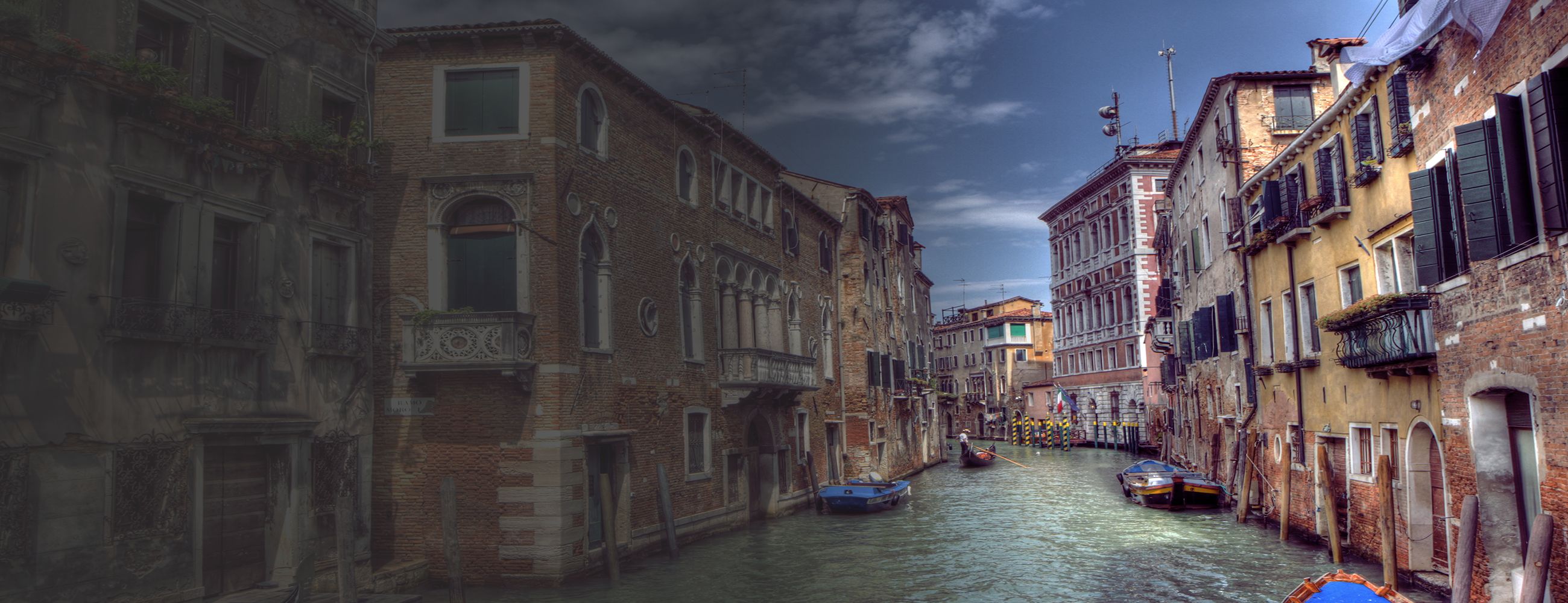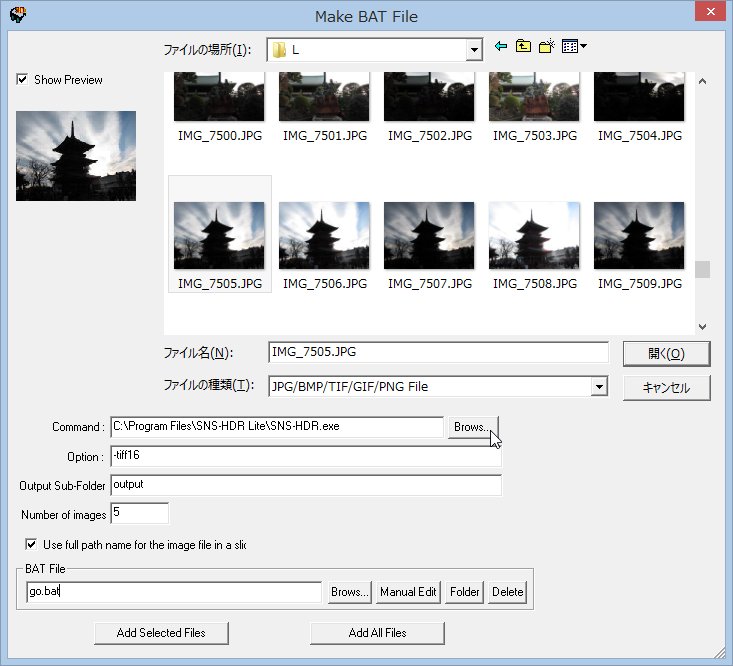


The RAW files were optimally fused using Zero Noise. The outdoor highlights would have got blown a bit and the deep shadows would have become a bit less noisefree, but the final result would have been almost as good. Just the central 3 shots could have been used. To capture the entire dynamic range of the scene I used 5 shots 2EV apart: Regarding deghosting, and having seen how powerfully user defined masks are implemented in SNS-HDR, I find surprising that Sebastian doesn't introduce the possibility of using these masks to allow user assistance in indicating the ghosting conflict zones.I made a comparision between TuFuse with default parameters vs SNS-HDR Lite for HDR tone mapping. Non progressive transitions can be visually seamless with linear input images:

This means not achieving the maximum SNR so as losing sharpness unless captures are perfectly aligned, which seldom are. It is not SNS-HDR's fault, it's simply the only possibility to deal with non linear images and still yield a visually seamless composite: perform a progressive blending where not only highest exposure pixels are used for every pixel position but also lower exposure pixels participate.

If SNS-HDR allows to input images with random bright/contrast level adjustments previously made (for instance those output from any RAW converter without strictly zeroed settings), then it probably performs a sub-optimum blending in terms of SNR and sharpness (as Photomatix or Enfuse do). In this situation sensor linearity becomes our ally to allow creating a seamless composite where only highest exposure non-clipped pixels are used. I have to test whether alpha masking of the source TIFFs, helps SNS-HDR to prioritize which image from the sequence to use.įor maximum noise reduction and sharpness the input images must be linear (or affected by a pure gamma curve that can be easily undone). Tree branches in the wind are amongst the sources for ghosts that are the hardest to solve. Some very good exaples have been shared with him, but he probably wouldn't mind getting some more example images to test with. I'm sure that Sebastian is open for suggestions, but it is not a simple issue. I've shared some suggestions/links for Ghost reduction methods on Sebastian's forum, but it's up to him to decide if that is compatible with the inner workings of SNS-HDR. Sebastian said he was working on it, but also noise reduction had to be improved (to hide the local noise jumps). The topic, and in an attempt to improve SNS-HDR's handling of ghosts, was addressed on the SNS-HDR forums during the initial phases of the development of version 2. Replacing some of the image's detail with that from another image can cause sudden local jumps in noise. Quote from: BartvanderWolf on November 07, 2016, 12:42:22 pm Hi Kirk,ĭeghosting is not as simple as it may seem to a human, especially when we have to deal with different exposures from which to choose. It looks like Adobe RGB is used for Raw input. The program can also open Raws (with DCraw) and blend those. Save the individual bracketed exposures as 16-bit/channel TIFFs with the color profile of choice. My normal workflow is Use my preferred Raw converter to make use of CA correction and other specific strengths of that tool. Upon saving there is an option to save in sRGB, or retain the document's colorspace/ profile. The display profile is selected at the top right in the middle of that block, under the display icon. There is no selection of a working profile as such, a lot of the processing is done in floating point and or with the GPUs. You can see the embedded profile by hovering the mouse pointer over the little camera icon in the top menu bar (at the right of the block of icons at the top left) or change it by clicking that icon (in case the missing source profile is known to be something else). I'm not 100% sure, but images without profile get sRGB assigned. SNS-HDR uses the profile of your source documents.


 0 kommentar(er)
0 kommentar(er)
